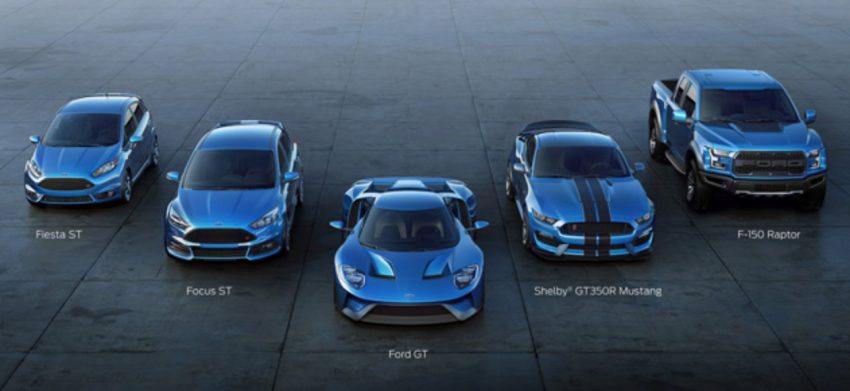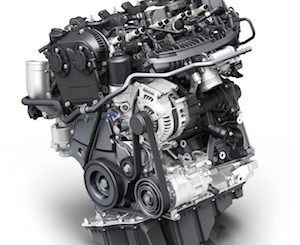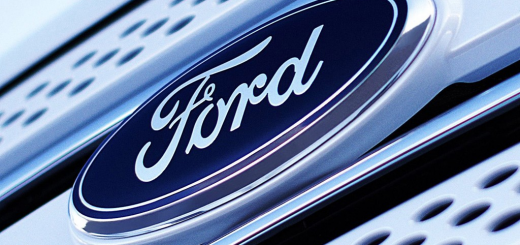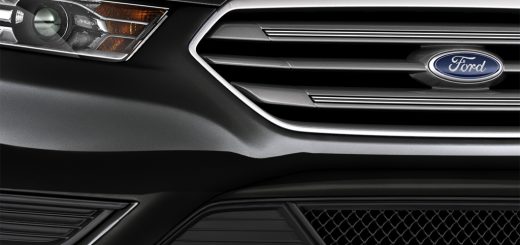There are many compromises in the automotive world: tires with better grip usually translate to a harder ride, a softer suspension means less dextrous handling abilities, and a motor with horsepower galore means worse fuel efficiency. The latter is all to familiar, especially considering government mandates like the Corporate Average Fuel Economy (CAFE) standards, but technology has emboldened manufacturers like Ford to find a happy medium between engine performance and fuel efficiency where neither are compromised.
“You have to do both,” Ford CEO Mark Fields said in an interview with The Detroit News. “Our strategy is all about serving all markets with a full family of vehicles.”
That’s something that was perfectly demonstrated at the 2015 North American International Auto Show, where the jumble of new-car introductions and concept cars prove that consumers do not have to choose between performance and fuel efficiency. The rather aggressive government mandates have driven manufacturers to develop ingenious technologies. But is the development of the creative, and often very expensive, fuel-efficient technology come at a cost? In other words, the government and fans and environmentalist groups may be placated, but will the buyer care?
Dan Howe of The Detroit News suggests that “market adoption of emerging propulsion technologies is confounded by parallel improvements in the fuel-efficiency of gasoline engines, their increased power, the aluminum used in high-volume vehicles like Ford’s F-150, or the carbon fiber deployed in the Ford GT and GT350R…” In other words, automakers can improve the fuel efficiency of their vehicles using methods that don’t involve high-tech electric or hybrid powertrains.
Take for instance, the 2015 F-150. The full-size pickup truck delivers notable improvements in fuel economy and capability mostly because it’s up to 700 pounds lighter than the previous generation model. Considering that it’s America’s best-selling vehicle, it will result in significant fuel savings, saving more than the aggregate fuel saved by hybrid vehicles, which currently make up only a small fraction of the F-150’s market penetration.
Meanwhile, the current star of the 2015 North American International Auto Show in Detroit, the 2016 Ford GT show car, has de rigueur carbon fiber panels and aluminum chassis components, but propulsion comes from a twin-turbo 3.5L V6 with 600 horsepower. Compare that to the last-generation Ford GT, which had a 5.4L V8 making 550 horsepower, making the difference in engine displacement and output quite impressive. In fact, the new GT has “technological highlights” that satisfy the traditional go-fast side of what the Ford GT is known for, “even if it undermines [Ford’s] bets on advanced (and green) propulsion,” creating “a potential clash between the industry and its regulators.”
“We are in transition to a different set of regulations and a different set of regulation enforcement,” Fiat Chrysler Automobiles NV CEO Sergio Marchionne said yesterday at the auto show. “What’s really driving the portfolio of American automakers is CO2 regulation. It’s… wagging the dog.”
Even so, Ford has proven that class-leading engine power and fuel efficiency are more than possible thanks to innovative powertrain technology — such as turbo-charging, direct-injection, and independent variable camshaft timing — and lightweighting methods — such as new materials like aluminum (in the F-150) and carbon fiber (as the new GT). And we applaud The Blue Oval for leading in both.














No Comments yet